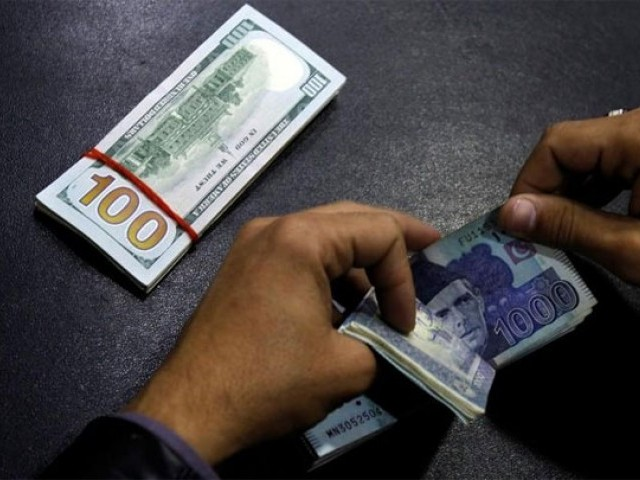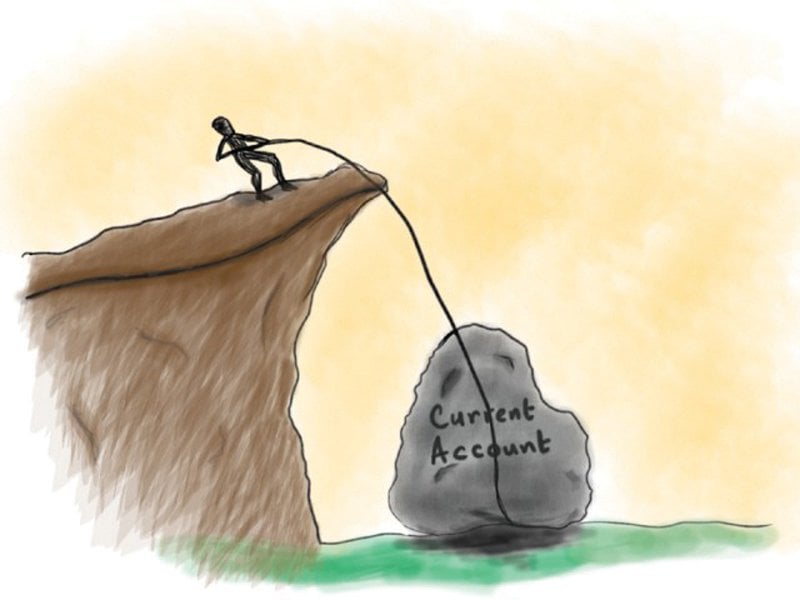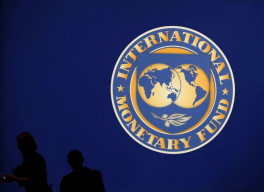
The drop should be a cause for concern for economic managers as the remittances help in partly financing the deficit in import payments and foreign debt repayments.
Experts, however, did not give much importance to the slight drop. They believe it is a seasonal fall recorded in the first quarter of current fiscal year 2019-20. They said the growth of 18% in remittances in September to $1.74 billion compared to $1.48 billion in September last year suggested the uptrend and the year would end with a meaningful gain in remittance inflows. Saudi Arabia, the United Arab Emirates (UAE), the US and the United Kingdom were the top four countries from where Pakistani workers sent comparatively higher remittances.
“The 18% year-on-year growth (in September) is good,” Arif Habib Limited Head of Research Samiullah Tariq told The Express Tribune.
The growth has helped increase overall inflows in the Jul-Sept quarter to almost the same level as that in the same quarter of last year.
A notable drop in remittances in the second month (August) of the quarter had a significant impact on the overall growth in the quarter. “The drop was seasonal. It usually happened in the past as well when remittances shrank in the month after Eidul Azha (which fell on August 12 this year),” he said. The historical trend suggested that Pakistan received the highest remittances in the months ahead of Eidul Azha.
“Pakistan will most probably achieve the target of $23.5 billion in remittances in the year in progress,” he projected. “The remittances will get a boost of 10-20% over the next couple of years as and when the government manages to bring international (online) payment platforms like PayPal to Pakistan. Alipay is yet to introduce the payment gateway in the country,” he said.
The introduction of a payment gateway would help increase remittance transactions between people and also at the country level, he said.
“We had expected higher remittances compared to what we received in September. However, the inflows so far are amazingly good,” said the head of remittance department at a state-owned bank. “Remittances will improve 5-7% and surpass $22 billion in the current year compared to around $21 billion in 2018.”
He was of the view that the remittances would have been higher in 2018 had the rupee remained stable during the year. “The rupee devaluation (of 52% in the past two years to 160.05 to the US dollar on June 30, 2019) hindered the growth.
“Overseas workers usually hold back the remittances waiting for the return of stability in the rupee,” he said. “More and more people are finding jobs abroad since the beginning of the year. This will help in increasing the remittances significantly.”
Country-wise inflows
Country-wise details for September 2019 showed that inflows from Saudi Arabia amounted to $420.88 million compared with $360.16 million in September 2018.
Pakistanis sent $363.34 million from the UAE compared to $308.13 million in the same month last year. They sent $281.91 million from the US compared to $240.49 million last year. Remittances from the UK came in at $264.89 million compared to $216.75 million last year.
Overseas Pakistanis remitted $162.77 million from Gulf Cooperation Council (GCC) countries (including Bahrain, Kuwait, Qatar and Oman) compared to $134.49 million last year. They sent home $53.20 million from EU countries compared to $41.14 million last year.
Published in The Express Tribune, October 11th, 2019.
Like Business on Facebook, follow @TribuneBiz on Twitter to stay informed and join in the conversation.













































COMMENTS
Comments are moderated and generally will be posted if they are on-topic and not abusive.
For more information, please see our Comments FAQ